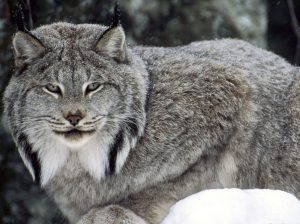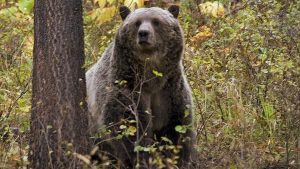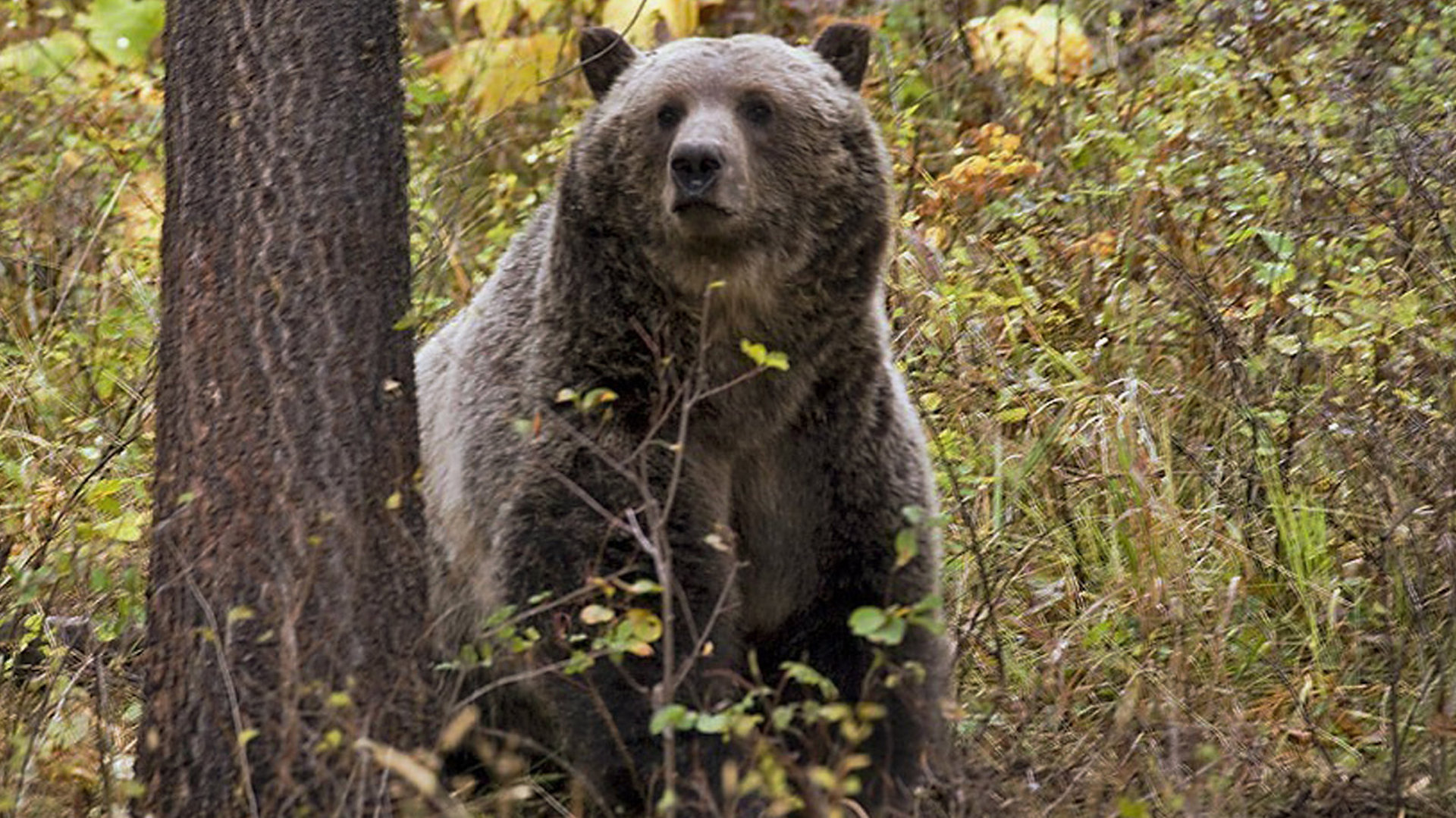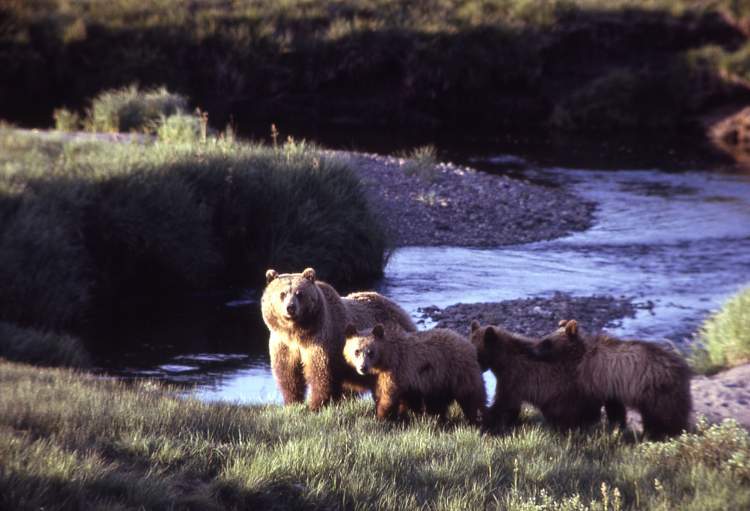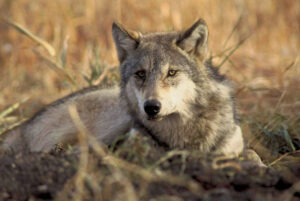
Federal wildlife managers denied a petition to restore ESA protections to the gray wolf population in the northern Rockies . . .
The U.S. Fish and Wildlife Service (FWS) on Friday denied a listing petition from an alliance of more than 70 conservation groups seeking to restore Endangered Species Act (ESA) protections to gray wolves in the northern Rocky Mountains. Although federal wildlife managers framed the decision as following “a path to support a long-term and durable approach to the conservation of gray wolves,” and pledged to adopt a first-of-its-kind National Recovery Plan, the conservation groups said they were considering a legal challenge.
Gray wolves are still listed under the ESA as endangered in 44 states, and are considered threatened in Minnesota; however, in Montana, Idaho, Wyoming, and portions of eastern Oregon and Washington, the wolves are managed under state jurisdiction, with their respective legislatures passing laws allowing wolf harvests, while setting quotas and regulations to manage the populations.
Although the FWS decision doesn’t change existing policy, it signals the latest turn in a decades-old debate over state and federal management of wolves in the West, as well as how to quantify the species’ recovery following their delisting in places like Montana, Idaho and Wyoming.

